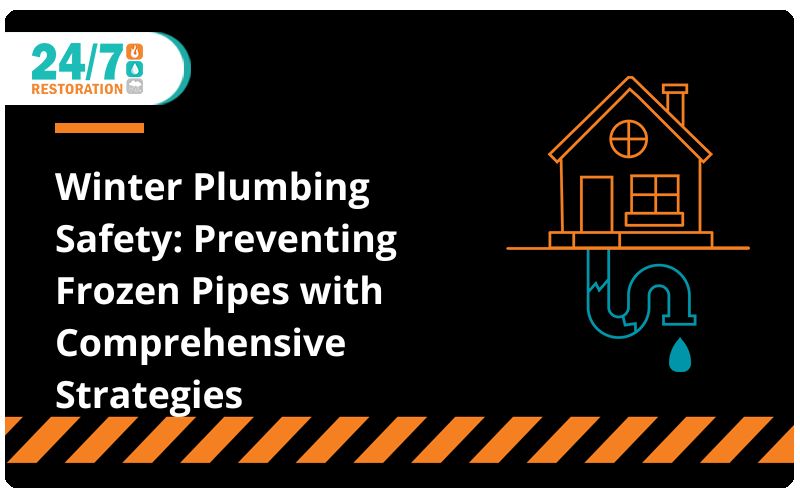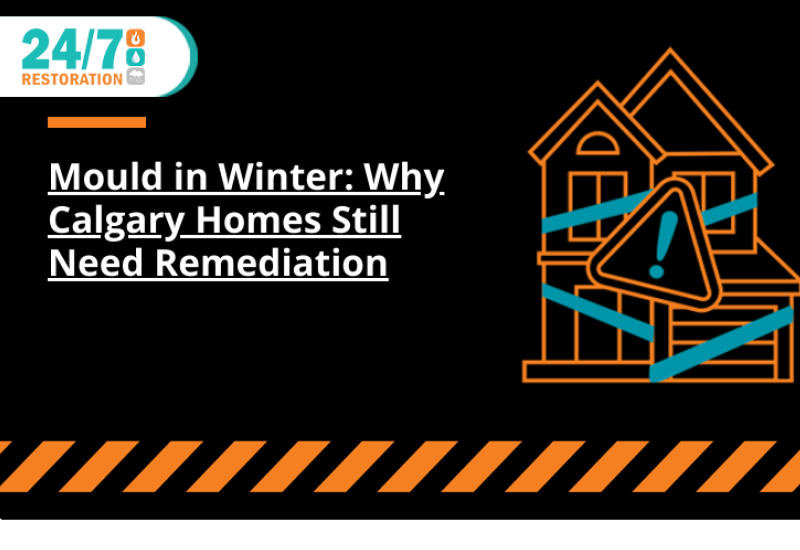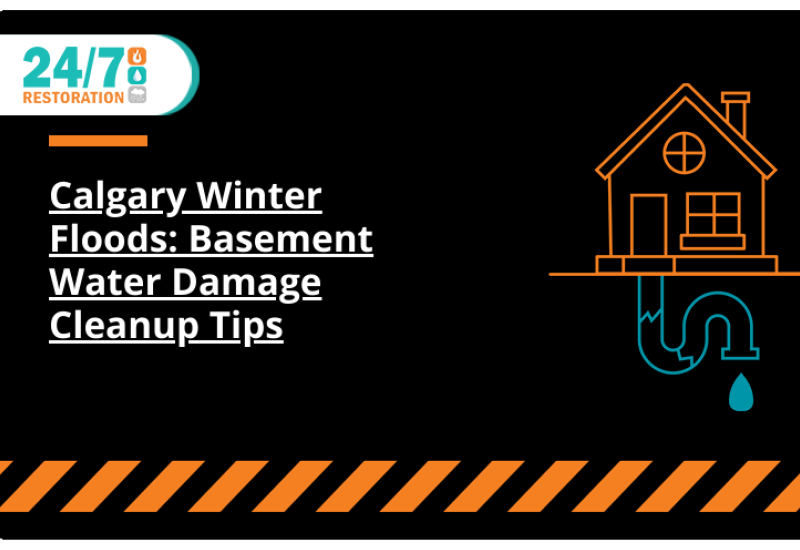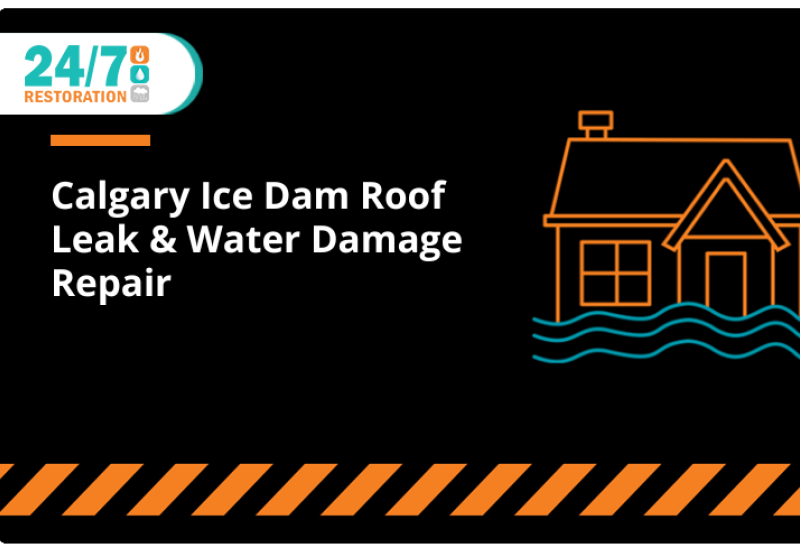Before we explore prevention strategies, let's take a closer look at the risks associated with frozen pipes. When water inside your pipes freezes, it expands, exerting immense pressure on the pipe walls. This pressure can cause pipes to crack or burst, leading to water leakage when the ice thaws. The outcome? Substantial water damage to your home's structure, fixtures, and possessions.
Furthermore, frozen pipes can disrupt your daily life by cutting off the water supply, rendering faucets, showers, and toilets inoperable. It's a scenario no homeowner wants to face, but with the right strategies, you can significantly reduce the likelihood of frozen pipes.
Insulate Vulnerable Areas
One of the most effective ways to prevent frozen pipes is to insulate vulnerable areas in your home where pipes are exposed to cold temperatures. Begin by identifying these areas, which typically include crawl spaces, basements, attics, and exterior walls.
Adding insulation to these spaces can help maintain a stable temperature around your pipes, reducing the risk of freezing. There are various insulation options, such as foam board, fiberglass, or pipe sleeves, that you can use to cover exposed pipes. Pay particular attention to pipes that run along exterior walls or are close to openings like windows and doors.
Maintain a Consistent Temperature
Maintaining a consistent indoor temperature is essential for preventing frozen pipes. When the mercury plummets, set your thermostat to no lower than 55°F (12°C) to ensure that the air inside your home remains warm enough to prevent freezing. Avoid dramatic reductions in thermostat settings, especially during the night. Consistent heating helps shield your plumbing from the cold.
If you plan to be away from home for an extended period during winter, resist the temptation to turn off the heating entirely. Instead, lower the temperature only slightly to save energy while keeping the pipes protected.
Prepare for Vacations
When planning to be away from home during the winter, take extra precautions to protect your plumbing. Shut off the main water supply to your home and drain the pipes to prevent any remaining water from freezing and causing damage. Consult a professional plumber if you're unsure how to do this properly.
Seal Cracks and Openings
Drafts and cold air infiltration contribute significantly to pipe freezing. To combat this, inspect your home for cracks, gaps, and openings that allow cold air to enter. Seal these areas with caulk or weatherstripping to keep the cold out and the warmth in.
Additionally, ensure that your home's exterior is well-maintained. Replace any damaged or missing siding, roofing, or insulation. A well-sealed home is less susceptible to temperature fluctuations, reducing the chances of frozen pipes.
Preventing frozen pipes is a proactive and cost-effective approach to protecting your home from potential water damage and inconvenience during the winter season. By insulating vulnerable areas, maintaining a consistent indoor temperature, preparing for vacations, and sealing cracks and openings, you can significantly reduce the risk of frozen pipes.
These comprehensive strategies will not only save you from potential repair costs but also provide you with peace of mind, ensuring a comfortable and hassle-free winter season. Remember that when it comes to frozen pipes, prevention is the key to preserving the integrity of your plumbing and the security of your home.
Written on behalf of 24/7 Restoration.
FAQs
Q: What are the main risks associated with frozen pipes?
A: Frozen pipes can lead to several risks, including pipe cracks or bursts due to the pressure exerted by expanding ice. Thawing ice can result in water leakage, causing damage to your home's structure and belongings. Additionally, frozen pipes can disrupt your water supply, making faucets, showers, and toilets inoperable.
Q: Why is maintaining a consistent indoor temperature important in preventing frozen pipes?
A: Maintaining a consistent indoor temperature is vital because it helps keep the air around your pipes warm enough to prevent freezing. Lowering the thermostat dramatically, especially at night, increases the risk of frozen pipes. Consistent heating is key to shielding your plumbing from the cold.
Q: How can I prevent frozen pipes in my home?
A: You can prevent frozen pipes by insulating vulnerable areas, maintaining a consistent indoor temperature, preparing for vacations, and sealing cracks and openings. These measures help keep your plumbing safe from freezing temperatures and reduce the risk of costly water damage.




